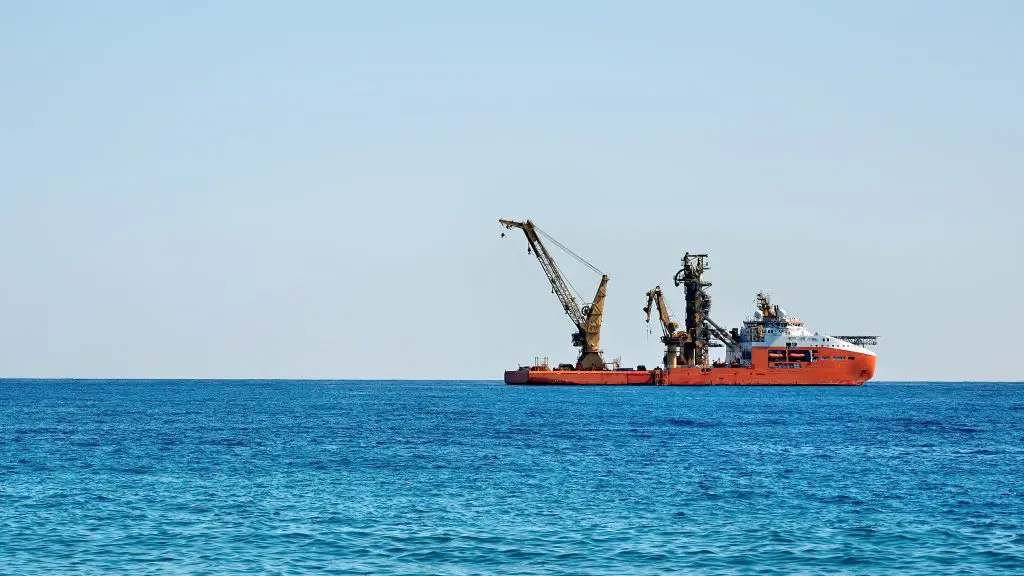Sea freight forwarding is one of the most popular modes of transportation for goods in Australia. Here’s an overview of sea freight services in Australia, its advantages and disadvantages, and some best practices for managing sea freight.
Overview of Sea Freight Forwarding Services in Australia:
Sea freight forwarding services in Australia involve the transportation of goods by sea, typically in containers. Freight forwarders in Australia offer a range of sea freight services, including full container load (FCL), less than container load (LCL), and break-bulk cargo.
Australia is surrounded by water, with access to multiple ports that connect the country to the rest of the world. The major ports for sea freight forwarding in Australia include Sydney, Melbourne, Brisbane, Fremantle, and Adelaide. These ports are well equipped to handle large volumes of cargo, making them popular choices for businesses that need to move goods by sea.
Full Container Load (FCL):
FCL is a sea freight service that involves the transportation of a full container of goods from one port to another. This service is typically used for larger shipments, where the entire container is required to transport the goods. FCL is a cost-effective option for businesses that need to move large volumes of goods and can plan shipments well in advance.
Less than Container Load (LCL):
LCL is a sea freight service that involves the transportation of smaller shipments that don’t require a full container. Goods from multiple shippers are consolidated into a single container, which is then transported to the destination port. LCL is a cost-effective option for businesses that need to move smaller volumes of goods and can’t justify the cost of a full container.
Break-bulk Cargo:
Break-bulk cargo refers to goods that are too large or too heavy to be transported in containers. These goods are loaded onto ships individually and secured in place to prevent damage during transit. Break-bulk cargo is typically used for oversized or irregularly shaped items, such as machinery or vehicles.
Advantages of Sea Freight:
Sea freight has several advantages, including:
Cost-effective: Sea freight forwarding is generally less expensive than air freight or road freight, making it a popular choice for businesses that need to move large volumes of goods.
Suitable for bulky or heavy goods: Sea freight forwarding is ideal for bulky or heavy goods that are not time-sensitive.
Environmentally friendly: Compared to other modes of transportation, sea freight forwarding has a lower carbon footprint, making it a more sustainable option for businesses that prioritize environmental responsibility.
Disadvantages of Sea Freight:
Sea freight also has some disadvantages, including:
Slower transit times: Sea freight forwarding is slower than air freight or road freight, so it may not be suitable for businesses that need to move goods quickly.
Potential for delays: Delays can occur due to factors such as bad weather, port congestion, or customs clearance issues.
Less flexible: Once goods are loaded onto a ship, it’s difficult to make changes to the delivery schedule or route.
Overall, sea freight forwarding is an important component of the supply chain in Australia, offering businesses a cost-effective and environmentally friendly option for moving goods around the world.
Best Practices for Managing Sea Freight in Australia:
Managing sea freight forwarding in Australia requires careful planning and execution to ensure a smooth and efficient supply chain. Here are some best practices for managing sea freight in Australia:
Choose the right freight forwarder: Select a reputable and experienced freight forwarder in Australia who understands your business needs and can provide tailored solutions to meet your requirements.
Optimize cargo loading: Properly loading and securing cargo in containers is crucial to avoid damage during transit. Ensure that cargo is packed correctly, and use appropriate materials to protect fragile items.
Plan ahead: Plan your sea freight shipments in advance to allow sufficient time for loading, customs clearance, and transit. This will help avoid delays and ensure on-time delivery.
Ensure compliance with regulations: Comply with all relevant regulations and requirements for sea freight forwarding, such as customs clearance, quarantine, and environmental standards.
Monitor shipments: Track your sea freight shipments and monitor them closely to ensure they are progressing as planned. Use technology tools like tracking systems to keep you informed of the status of your shipment.
Communication with freight forwarder: Maintain regular communication with your freight forwarder to stay updated on the status of your shipment and resolve any issues that may arise.
Consider insurance: Consider taking out insurance for your sea freight shipments to protect against potential damage or loss during transit.
By following these best practices, businesses can effectively manage sea freight forwarding in Australia and ensure a reliable and efficient supply chain for their goods.
In conclusion, sea freight forwarding is a critical part of Australia’s import and export industry, and businesses can benefit greatly from partnering with a reliable and experienced freight forwarder. By understanding the advantages and disadvantages of sea freight, businesses can make informed decisions on their supply chain strategy. It is also important to consider best practices for managing sea freight forwarding in Australia, including proper cargo loading, planning ahead, compliance with regulations, monitoring shipments, maintaining communication with the freight forwarder, and considering insurance. By implementing these best practices, businesses can ensure a smooth and efficient sea freight process that meets their needs and ultimately supports their growth and success.

